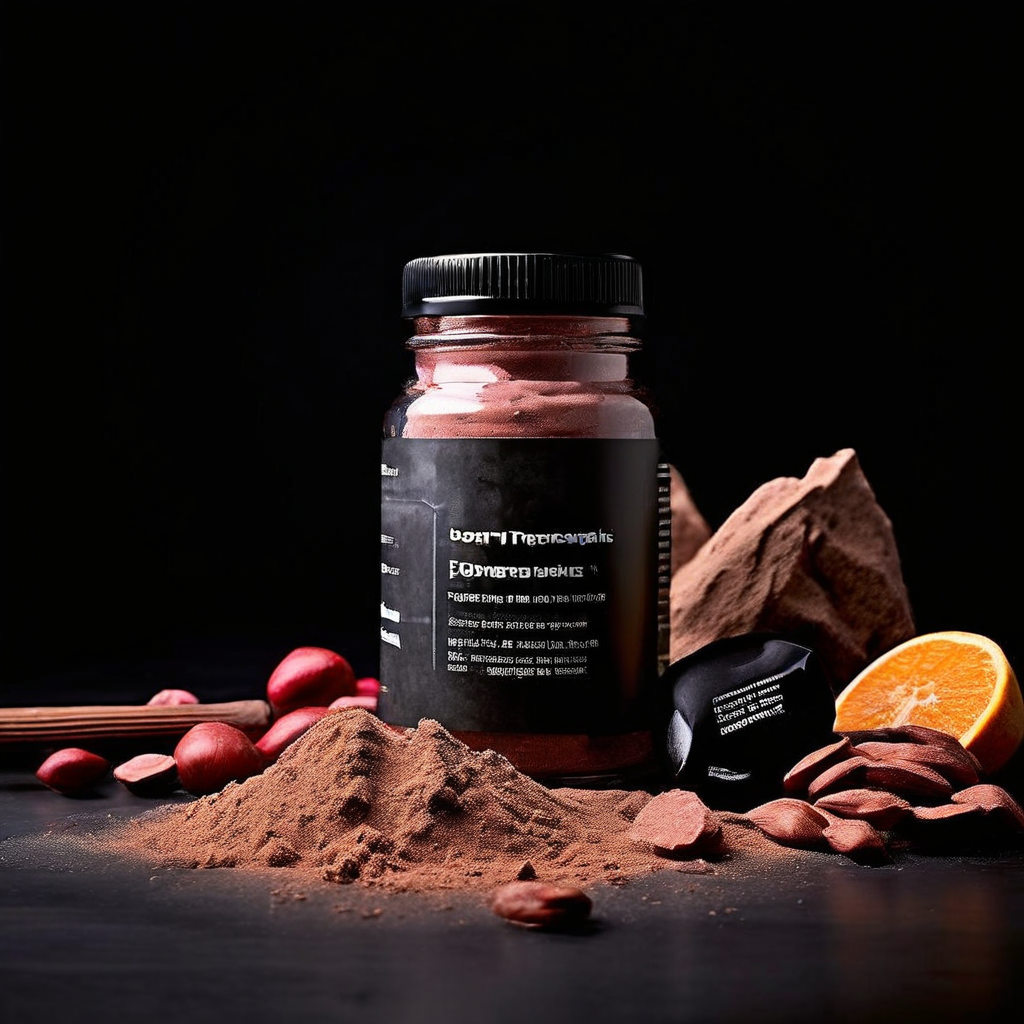Berberine lowers cholesterol through several mechanisms, including upregulation of LDL receptors, inhibition of cholesterol absorption, modulation of lipid metabolism pathways, and impact on gut microbiota.
Berberine, a compound found in several plants, has been used in traditional medicine for centuries. Modern research now highlights its potential in managing high cholesterol levels. This article explores the mechanisms by which berberine lowers cholesterol, supported by various studies.
Upregulation of LDL Receptors
Berberine increases the number of low-density lipoprotein (LDL) receptors in the liver. This process enhances the clearance of LDL cholesterol from the bloodstream. More LDL receptors on liver cells mean more LDL cholesterol is removed from the blood. According to a study, berberine significantly increases LDL receptor expression, leading to lower LDL cholesterol levels.
This mechanism is crucial because high LDL cholesterol is a major risk factor for cardiovascular diseases. By enhancing LDL clearance, berberine helps reduce this risk. The upregulation of LDL receptors is one of the primary ways berberine lowers cholesterol.
Inhibition of Cholesterol Absorption
Berberine also inhibits the absorption of cholesterol in the small intestine. This mechanism is similar to that of phytosterols, which block dietary cholesterol absorption. By reducing the amount of cholesterol absorbed from food, berberine lowers overall cholesterol levels in the body.
This inhibition is significant because it directly reduces the cholesterol entering the bloodstream. According to a study, berberine effectively reduces cholesterol absorption, contributing to its lipid-lowering effects.
Modulation of Lipid Metabolism
Berberine acts on various signaling pathways involved in lipid metabolism. It modulates the activity of adenosine triphosphate-binding cassette transporter A1 (ABCA1). ABCA1 is crucial for the efflux of cholesterol and phospholipids from liver cells onto apolipoproteins to form high-density lipoprotein (HDL) particles. This process facilitates the removal of cholesterol from the liver.
By influencing these pathways, berberine helps maintain cholesterol homeostasis. This modulation is another way berberine lowers cholesterol levels. According to a study, berberine’s impact on lipid metabolism pathways significantly contributes to its cholesterol-lowering effects.
Impact on Gut Microbiota
Emerging evidence suggests that berberine’s cholesterol-lowering effects may also be mediated through its impact on gut microbiota. Berberine modulates the composition of gut microbiota, which in turn affects lipid metabolism and cholesterol homeostasis. This interaction between berberine and gut microbiota could be a significant factor in its therapeutic effects.
Gut microbiota plays a crucial role in overall health, including lipid metabolism. By positively influencing gut microbiota, berberine helps maintain healthy cholesterol levels. According to a study, berberine’s impact on gut microbiota significantly contributes to its cholesterol-lowering effects.
Clinical Evidence
Several clinical trials have demonstrated the efficacy of berberine in lowering cholesterol levels in humans. For instance, a study involving 32 patients showed significant reductions in LDL cholesterol (25%), triglycerides (35%), and total cholesterol (29%) after three months of berberine administration.
Another study involving 144 Caucasian patients reported that berberine significantly reduced total cholesterol, LDL cholesterol, and triglycerides without affecting HDL cholesterol. These studies highlight berberine’s potential as a cholesterol-lowering agent.
Meta-Analyses
Meta-analyses have further corroborated these findings. A meta-analysis of 16 clinical trials involving 2,147 patients with hyperlipidemia found that berberine significantly reduced total cholesterol by 0.47 mmol/L, LDL cholesterol by 0.38 mmol/L, and triglycerides by 0.28 mmol/L. However, the authors noted the heterogeneity and potential bias in the included studies, indicating the need for more well-designed trials.
Animal Studies
Preclinical studies in animal models have also shown promising results. In one study, berberine reduced serum LDL cholesterol levels by 51%, total cholesterol levels by 28%, and triglyceride levels by 23% in mice. These findings suggest that berberine’s lipid-lowering effects are consistent across different species.
Safety and Side Effects
Berberine is generally considered safe for short-term use. Mild gastrointestinal side effects such as constipation, diarrhea, and nausea are the most commonly reported adverse events. No serious adverse events have been reported in clinical trials. However, the long-term safety of berberine remains to be fully established, necessitating further research.
The safety profile of berberine is favorable for short-term use. However, more studies are needed to understand its long-term effects. According to a study, berberine is safe for short-term use but requires more research for long-term safety.
Key Takeaways
- Berberine increases LDL receptors in the liver.
- It inhibits cholesterol absorption in the small intestine.
- Modulates lipid metabolism pathways.
- Impacts gut microbiota to lower cholesterol.
- Clinical trials show significant cholesterol reduction.
- Generally safe for short-term use.
Summary
Berberine exhibits multiple mechanisms of action that contribute to its cholesterol-lowering effects. These include the upregulation of LDL receptors, inhibition of cholesterol absorption, modulation of lipid metabolism pathways, and impact on gut microbiota. Clinical and preclinical studies consistently demonstrate its efficacy in reducing LDL cholesterol, total cholesterol, and triglycerides, with a favorable safety profile for short-term use. However, more well-designed, long-term studies are needed to fully understand its therapeutic potential and safety.
In my opinion, berberine shows great promise as a natural cholesterol-lowering agent. Its multiple mechanisms of action and favorable safety profile make it a compelling option. However, more research is needed to fully understand its long-term effects and potential benefits.



